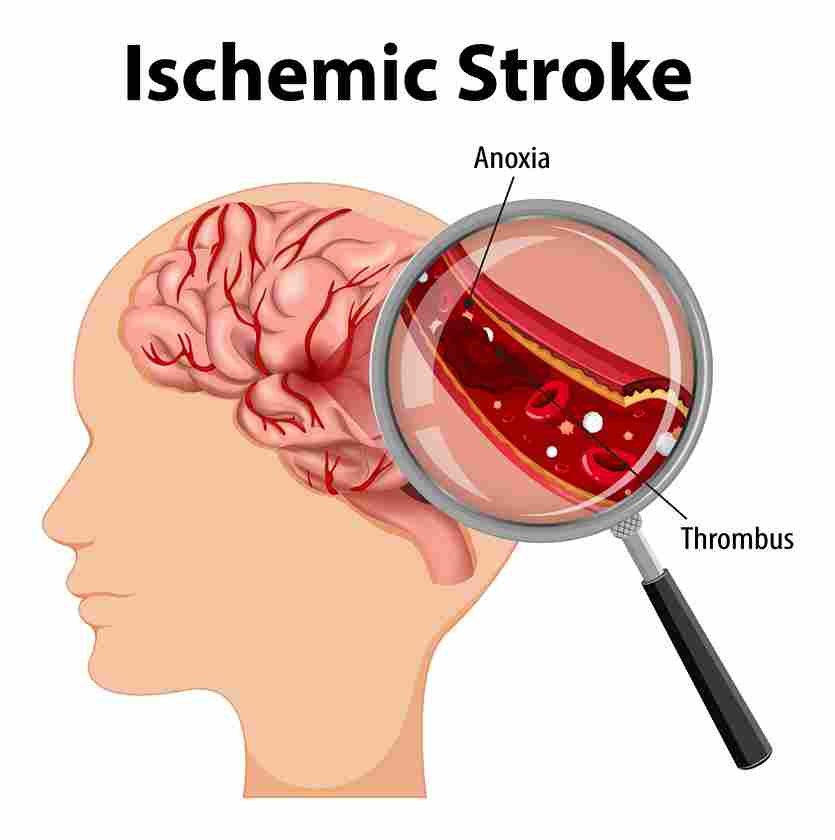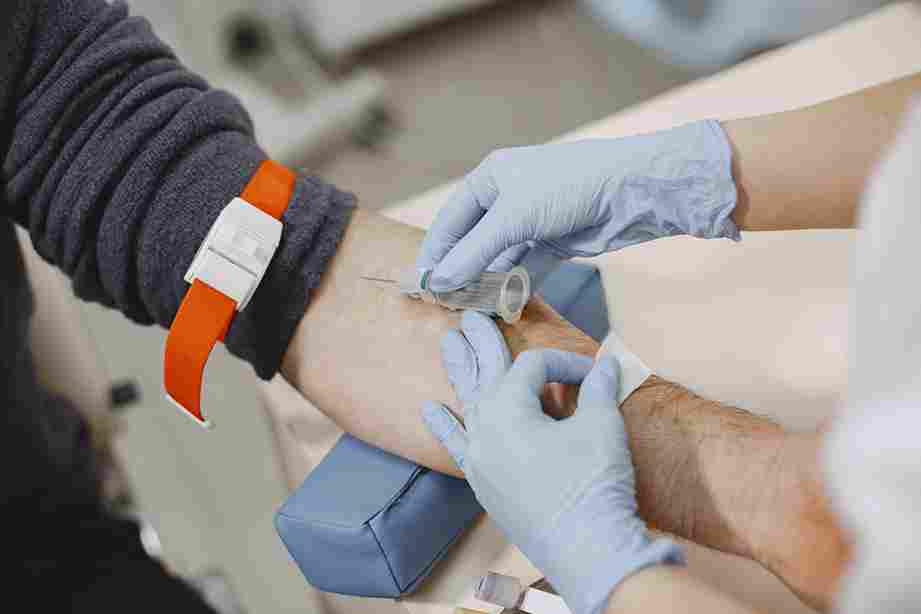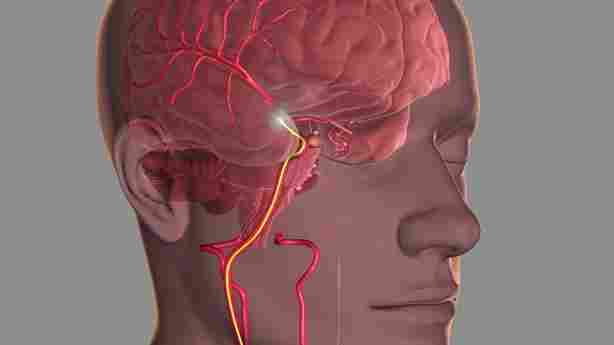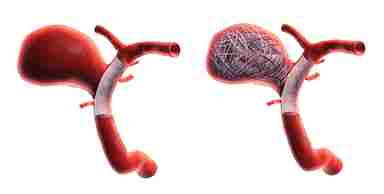Intervention in Stroke: A Comprehensive Guide
Stroke, a leading cause of disability and death globally, occurs when the blood supply to a part of the brain is interrupted or reduced, preventing brain tissue from receiving oxygen and nutrients. Timely intervention is crucial to minimize brain damage and improve patient outcomes
A stroke can happen when the blood supply to parts of the brain gets blocked by something or when blood vessels burst within the brain. These blockages and bursts prevent blood and oxygen from reaching the brain tissue.
Due to the lack of oxygen, tissue and cells in the brain get damaged and, in most cases, die. When these brain cells die, they do not usually regenerate, which then leads to physical, cognitive, and mental disabilities.
Strokes are mostly seen in older people but they can occur at any age and can affect children too.
What Are the Types of Strokes?
Strokes are classified into two types:
-
- Ischemic stroke
When blood clots or any other foreign particles clog the blood vessels, an ischemic stroke occurs.
-
- Haemorrhagic stroke
Haemorrhagic stroke occurs when an artery in the brain ruptures and breaks down which somehow puts pressure on the surrounding brain tissue.
Brain Stroke: What Are the Signs & Symptoms?

Symptoms of brain stroke usually vary from person to person and depend upon the severity of the condition. Some of the common symptoms of brain stroke include the following.
-
- Sudden numbness or weakness in the face, arms and legs
-
- One-sided weakness or paralysis
-
- Loss of muscle control on one side of the face
-
- Dizziness or vertigo
-
- Nausea and vomiting
-
- Memory loss (amnesia)
-
- Neck stiffness
-
- Emotional instability
What Causes Brain Stroke?
Two different types of brain stroke affect people of any age group i.e., ischemic stroke and hemorrhagic stroke. Both of them affect the brain in different ways and occur due to variant factors.
Causes of ischemic strokes
An ischemic stroke usually occurs because of the blockage of the blood vessels. The following are the reason why ischemic strokes happen.

-
- Clotting disorders
-
- Atherosclerosis
-
- Atrial fibrillation
-
- Heart defects
-
- Microvascular ischemic disease
Causes of hemorrhagic strokes
Hemorrhagic strokes can affect any person because of the following causes:
-
- High blood pressure
-
- Brain tumors
-
- Brain aneurysms
-
- Moyamoya disease
Why An Early Intervention in Stroke is Important?
Early intervention in brain stroke helps to reduce hospital days and improves outcomes. The early detection of brain stroke at the initial stage helps to reduce complications and post-surgical issues.
Diagnosis of brain stroke at an early stage helps people to receive medication and surgical options that can limit the stroke’s impact and save lives.
Diagnosis & Treatment of Brain Stroke
Brain strokes usually get diagnosed during a physical examination. Here are some tests that are done to diagnose stroke.
-
- Blood test

Under this examination, the doctor might take your blood for several blood tests. These tests are done to check blood sugar levels, cholesterol levels, platelet counts, and whether you have any infection or not.
02. MRI and CT scan
Magnetic resonance imaging (MRI) uses a powerful magnetic field to check whether tissues or cells of the brain have been damaged.
CT scans are done for a detailed and clear picture of the brain.
03. Carotid Ultrasound
Carotid ultrasound also known as carotid duplex scan helps to show if there is any narrowing or blockages in the neck arteries leading to your brain.
Treatment Options for Brain Stroke
Treatment options for a brain stroke are usually classified according to the type of stroke such as ischemic stroke which happens due to a blood clot. The second one is hemorrhagic stroke which occurs because of bleeding in or around the brain. It is a medical emergency and through immediate treatment, various lives can be saved and also disability will be reduced. Treatment of stroke includes medicines, surgery, and angioplasty.
-
- Medication Management

For treating ischemic stroke doctors may prescribe certain medicines such as tissue plasminogen activator (tPA). This type of medicine breaks up the blood clots that block the blood flow to your brain.
To treat hemorrhagic stroke, doctors use medicines like blood pressure medicine to lower the pressure and strain on blood vessels in the brain.
-
- Surgical options
If the other options or treatments do not work, then doctors advise performing surgery to improve the condition.

Medical procedures like thrombectomy and craniotomy are performed by surgeons to remove or dissolve blood clots and stop bleeding in the brain. Now with the recent advancements in medical technologies, some of the cases of brain haemorrhage especially subarachnoid haemorrhage with ruptured brain aneurysm can be managed with neuro-intervention procedures like aneurysm coiling, flow diverter placement, balloon-assisted coiling, and stent-assisted coiling. These procedures are done without any incision.

-
- Stents
Doctors usually suggest stents when artery walls have weakened. This procedure is used to inflate the narrowed artery and to support the walls of the artery with the stent.

CONCLUSION
A stroke is a serious condition of the brain where the brain gets damaged because of the interruption in the blood supply. Some of the symptoms of stroke include trouble walking, speaking, and understanding. Moreover, to that it can also cause paralysis or numbness of the face, arms, and legs.
There are two types of brain stroke i.e. ischemic stroke and hemorrhagic stroke.
There are various treatment options to treat brain stroke such as thrombolytic drugs, blood pressure management and surgeries. Before going for any procedure and treatment make sure to consult with your healthcare provider and discuss your situation.





